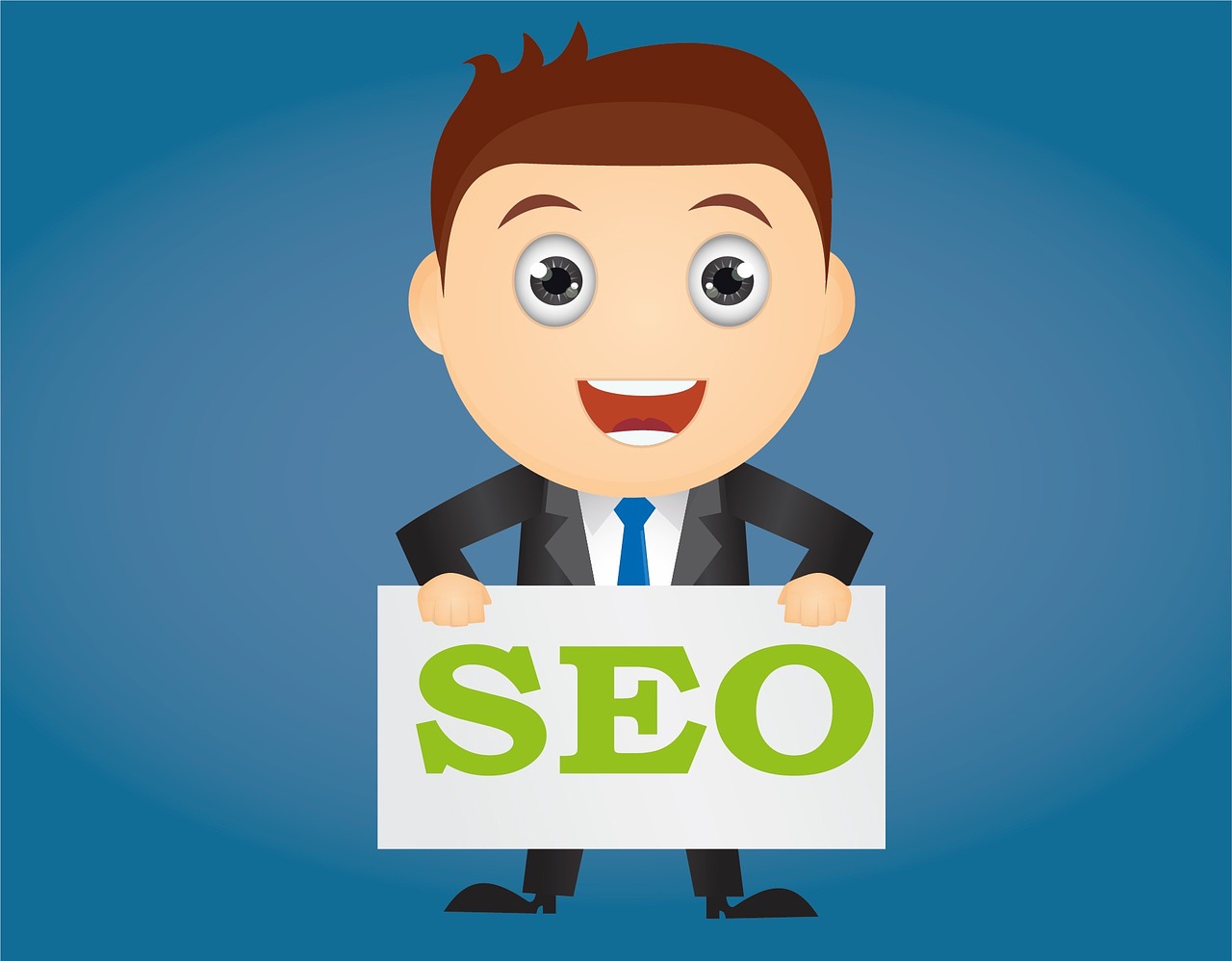
How to influence emotions in B2B marketing?
The process of buying (for any consumer) is largely dependent on emotions. It often seems like we already have most of the things we need to survive as well as live a healthy, happy life. Yet people make purchase decisions all the time.
It’s because they are often motivated by emotions — not basic needs.
Undoubtedly, emotions play a crucial role in buying any product. However, we often forget that in the case of B2B marketing.
In B2B marketing, it is true that one business is dealing with another business. But it’s important to remember that even in the case of B2B marketing, there are real people making the purchase decision for a business.
And real have emotions, and they form their purchase decisions based on those emotions which you can influence.
In this post, we discuss how to influence emotions in B2B marketing.
Let’s begin.
1. Storytelling
You can change and influence a lot with the right type of storytelling.
When businesses are connecting with other businesses, they are also creating with an image and a vision.
Businesses with similar visions find it much easier and more natural to connect with each other and do business together.
Therefore, it’s important to get your story aligned.
2. Pain points
As mentioned earlier, although you may be in B2B marketing, you are still dealing with people that work for a company.
And like most people, they will also have certain pain points.
You will have to identify and target those pain points. See what they are struggling with. Identify it. Highlight it. Propose solutions that can help alleviate those pain points and concerns for them.
Also, don’t forget to create a story that touches the pain points you’re trying to address.
For example, if your brand story is about helping small businesses, you must identify the major problems that SMBs have to deal with. Your prospective customers must be able to connect with your story and, therefore, with your business.
3. Price — to show or not to show
It’s slightly debatable whether or not to show a pricing page on your website, but here’s the thing.
You have to decide whether you want your prospective buyers to select your business based on the price you are offering to them.
You see, it is extremely common that B2B marketers will visit several websites (yours and your competitors) and compare the different pricing packages each company offers.
If they see a pricing page right in the main navigation menu, they are going to bypass the marketing messages, your brand story, and the features your product offers, and will start comparing you with other competitors based on the price you’re charging.
If you think that price is the USP of your business, then perhaps having an in-your-face pricing page will yield a better ROI.
However, if you are serious about building a brand, it’s recommended to get customers because of your brand’s story and the quality of your product, instead of price. Because there will always be one business (sooner or later) to beat your prices.
4. Rationality
In comparison between B2C and B2B, B2B customers are more “rational”.
Since there are often multiple decision-makers involved in a major buying process, decisions are automatically more rational and logical in B2B marketing.
Therefore, make sure that you are appealing to the emotional side as well as the logical side of your prospective buyer.
Average consumers will not always think of the return on investment they will get from a product they are buying. However, for B2B buyers, this will certainly influence the decision.
5. After-sales services
Most B2B buyers are in for the long-term. Making decisions isn’t easy for them, and they want to make a right decision and stick with it for as long as possible.
Therefore, if you can prove that you’re offering excellent after-sales services, they will be happier to get on board.
Great customer support and after-sales services will help you retain the clients for the longest time possible. The longer the retention period, the more LTV you get. Moreover, as most businesses are transforming into a SaaS model, you can expect to earn much more with retaining an existing customer instead of trying to get a new one.
Your customer support team and Account Executives play a huge role in this.
Conclusion
B2B marketing may be slightly different from B2C marketing. There are definitely some differences that are worth remembering.
However, at the same time, you are still dealing with people that — more or less — are similar with similar emotions that affect their buying processes.
If you can appeal to them with the right product and messaging, you can have a profitable B2B business.








